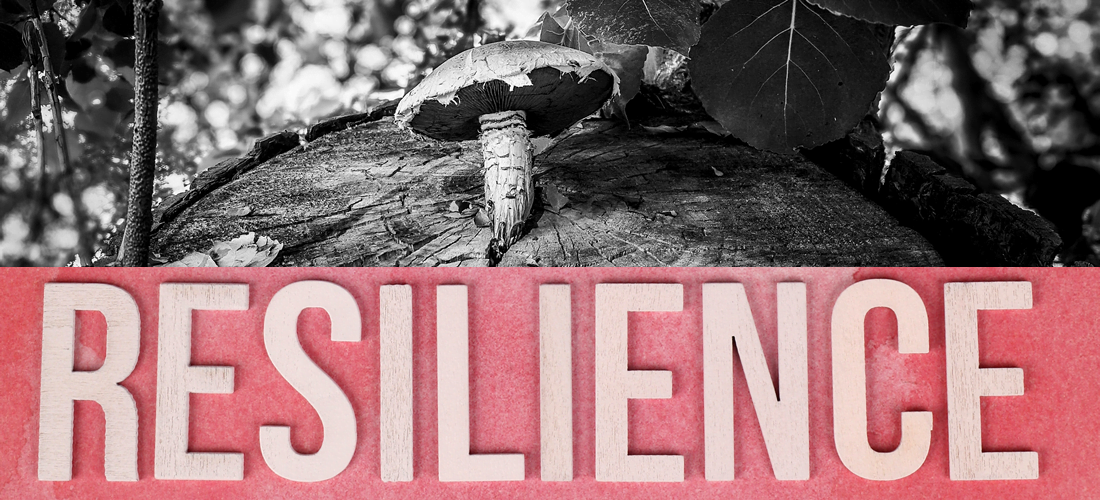Resilience – the ability to weather the storm and bounce back stronger than before. An essential quality that helps us navigate life’s inevitable adversities. It’s not just about overcoming, but growing and learning from our challenges, turning stumbling blocks into stepping stones. This blog post aims to shed light on the importance of building resilience. And explore practical strategies and insights to empower you on your journey to becoming more resilient. Learn how to build your resilience and turn adversity into an opportunity for growth.
We cannot overstate the importance of resilience – it is not merely surviving the storm, but also learning how to dance in the rain. It equips us with the strength to navigate the unpredictable course of life with grace and grit. Importantly, resilience is not an inborn trait but a skill you must hone and strengthen over time. With intentional practice and development, each of us can foster this inner resilience to enhance our ability to thrive amidst difficulties.
Strategies for Building Resilience
There are steps that we can take that can provide us with the strength to tackle issues head on, overcome adversity, and enjoy life more fully.
- Self-Care: Regular exercise, healthy eating, and adequate sleep are fundamental to maintaining our physical health, which in turn supports our mental health.
- Positive Relationships: Building strong, positive relationships with loved ones can provide a support network when times get tough.
- Mindfulness: Mindfulness and meditation can help keep us grounded and avoid being overwhelmed by negative thoughts.
- Setting Goals: Setting and working towards goals can provide a sense of purpose and direction.
- Embracing Change: Change is a part of life, and accepting this can make it easier to navigate life’s ups and downs.
Understanding Resilience
Resilience refers to the capacity to effectively cope with, and bounce back from, adversity or distress. It’s a critical quality in the realm of personal growth and mental well-being as it enables individuals to maintain their composure in the face of challenges, adapt to change, and recover from setbacks or disappointments. Crucially, resilience isn’t about avoiding stress or hardship, but rather learning how to deal with it in a constructive manner. Building resilience equips us with the ability to navigate life’s ups and downs, contributing significantly to our overall happiness, satisfaction, and success.
Natural resilience often refers to the inherent ability of an individual to bounce back from adversities or stressful situations. It’s something that often comes from one’s genetic makeup or early life experiences, acting as a built-in capacity to deal with adversity.
On the other hand, intentional resilience-building consists of deliberate efforts and strategies to strengthen resilience. These methods may include maintaining positive relationships, practicing mindfulness, and fostering a positive outlook. Unlike natural resilience, intentional resilience-building can be learned, cultivated, and improved over time. Both forms of resilience play pivotal roles in navigating life’s challenges effectively.
Factors Influencing Resilience
Resilience is a multifaceted trait influenced by various factors. Genetics play a significant role, with some individuals naturally inclined towards adaptability and emotional robustness. Upbringing is another pivotal influence; children nurtured in stable, supportive environments often demonstrate higher resilience in adulthood. This is largely because they have learned coping mechanisms and have been encouraged to face challenges head-on. Life experiences too, contribute to an individual’s resilience.
Experiencing adversity can, paradoxically, strengthen resilience, as overcoming difficulties often fosters a belief in one’s ability to cope with future setbacks. It’s important to remember that building resilience is a dynamic process, unique to each individual, reflecting the complexity of interplay between their genetics, upbringing, and life experiences. While some factors are beyond our control, there are proactive steps we can take to enhance our resilience.
Overcoming Obstacles to Resilience
Common obstacles that hinder the development of resilience often include fear of failure, resistance to change, negative thinking, and lack of self-confidence. These barriers can prevent individuals from effectively dealing with adversity and bouncing back from setbacks. However, several strategies can help individuals overcome these obstacles and shift towards a more resilient mindset.
- Embracing Failure: Instead of fearing failure, perceive it as a learning opportunity. By doing so, individuals can gain insights from their mistakes and use them as stepping stones towards success.
- Adapting to Change: Being open to change is a key aspect of resilience. Adopting a flexible mindset helps individuals adjust to new situations and manage uncertainty more effectively.
- Replacing Negative Thoughts with Positive Ones: Negative thoughts can limit resilience. Through practicing mindfulness and cognitive restructuring, one can learn to identify and dismiss pessimistic thoughts, replacing them with more positive, constructive ones.
- Building Self-confidence: Developing self-confidence is integral to resilience. This can be achieved by setting attainable goals, celebrating small victories, and cultivating a healthy self-image.
By employing these strategies, individuals can dismantle their barriers and foster a resilient attitude capable of weathering life’s challenges.
Closing Thoughts
Building resilience isn’t a task that’s accomplished overnight. It’s a journey that involves understanding your emotions, practicing self-care, nurturing a positive view of yourself, and building strong relationships. These steps, while challenging, are crucial to developing a robust ability to cope with life’s challenges. The journey of resilience, like any worthwhile endeavor, requires patience and commitment. But the result – an individual who can withstand adversity and bounce back from setbacks – is worth the effort. Remember, resilience is not just about weathering the storm; it’s about learning to dance in the rain.








